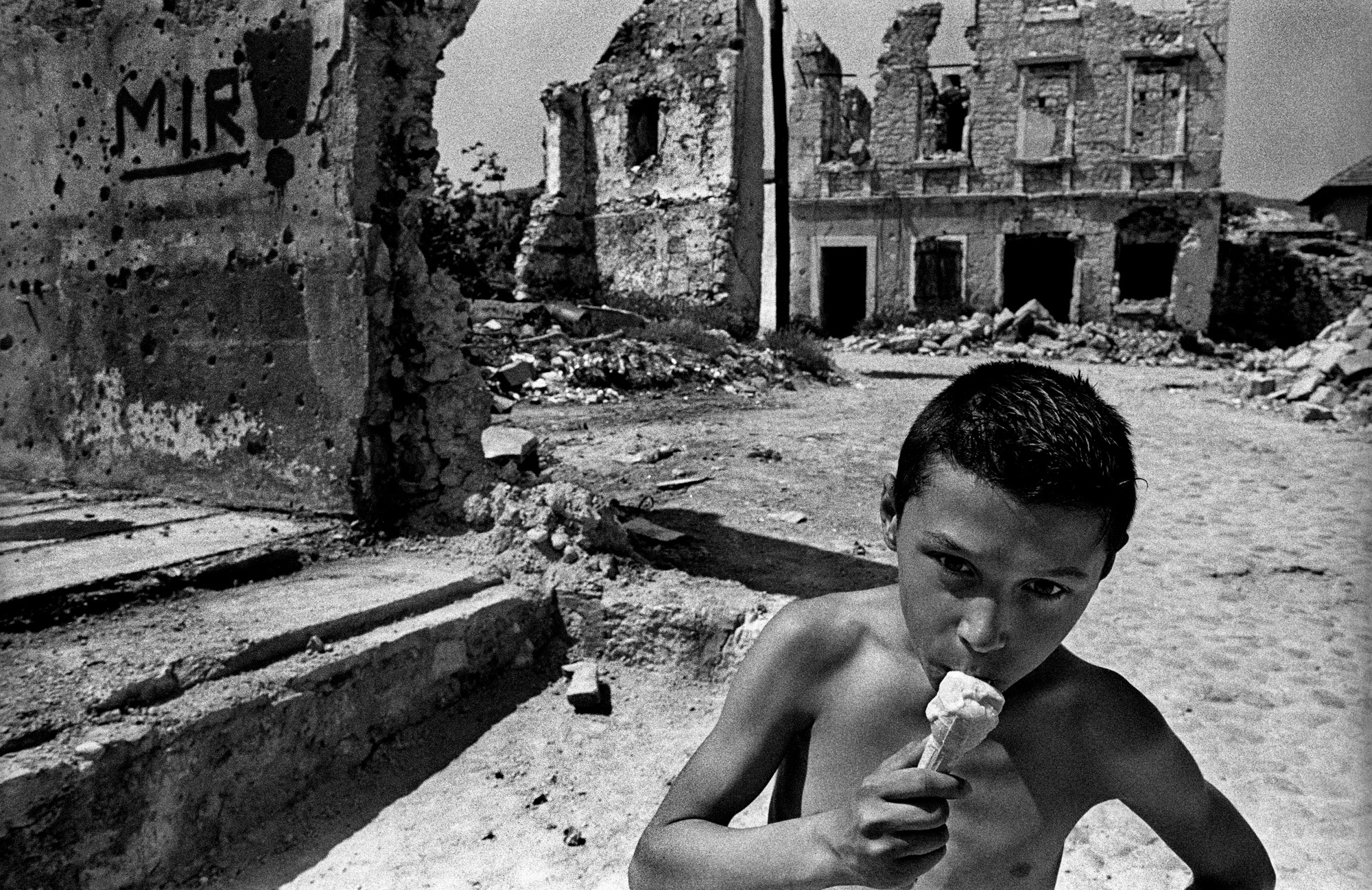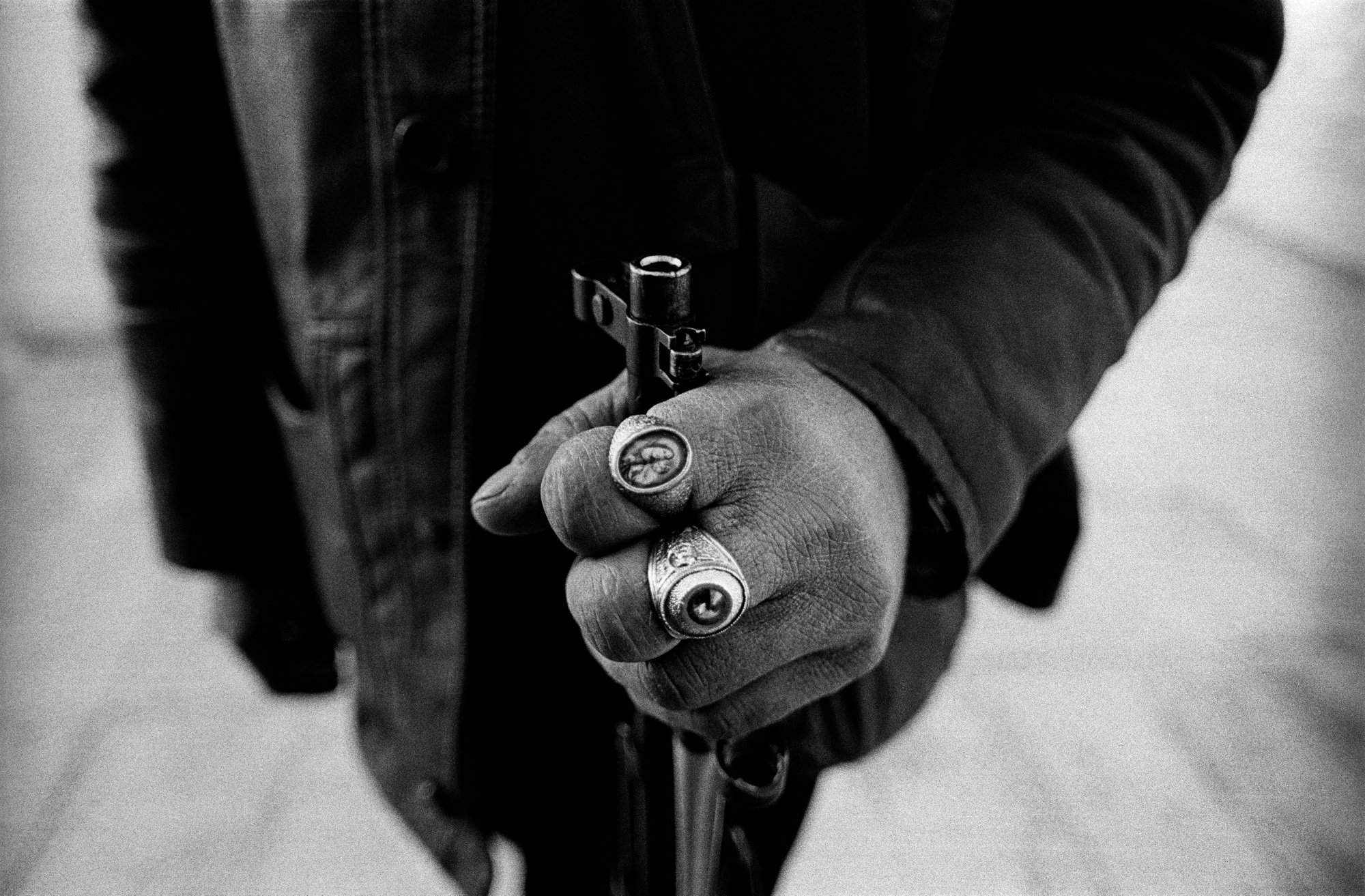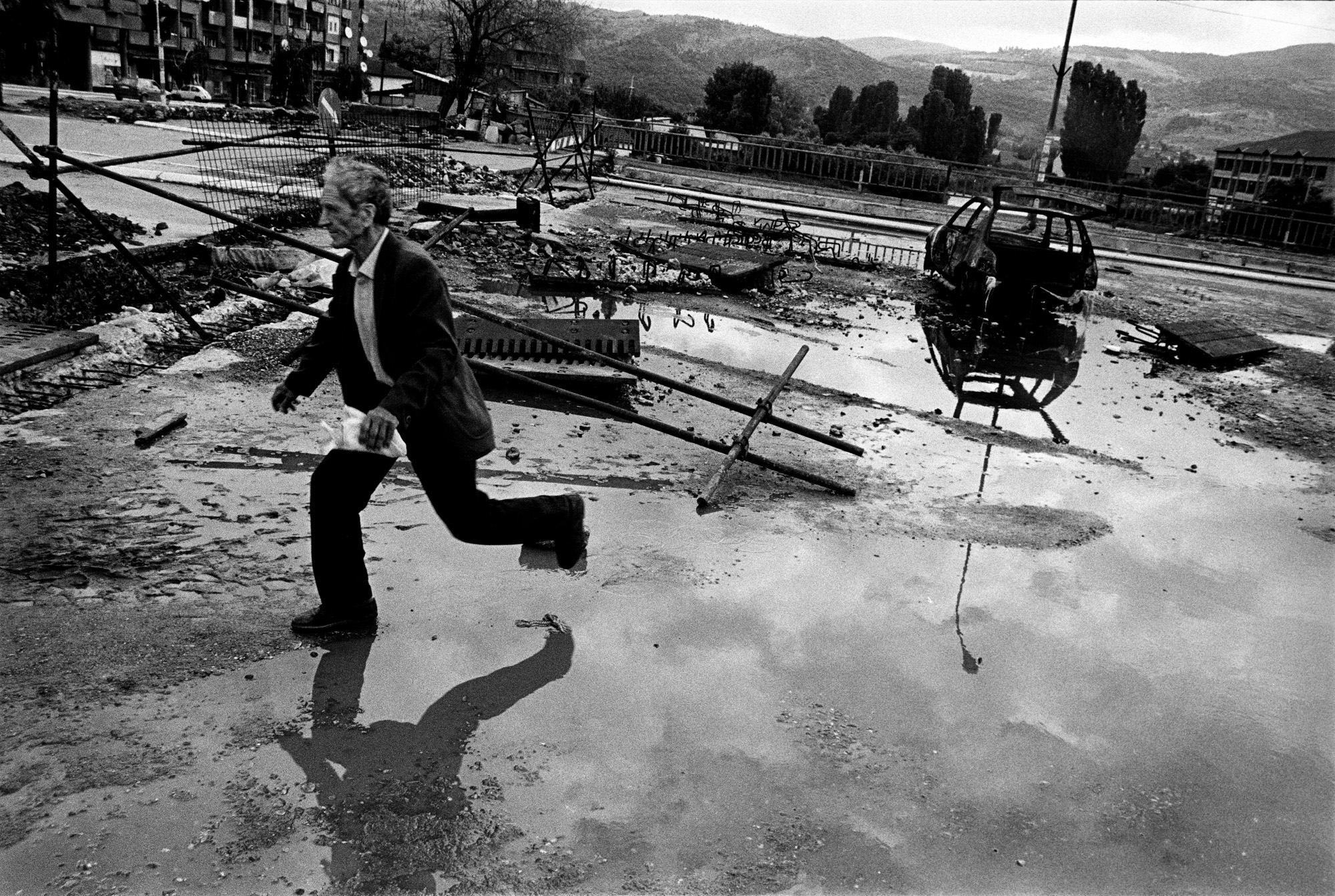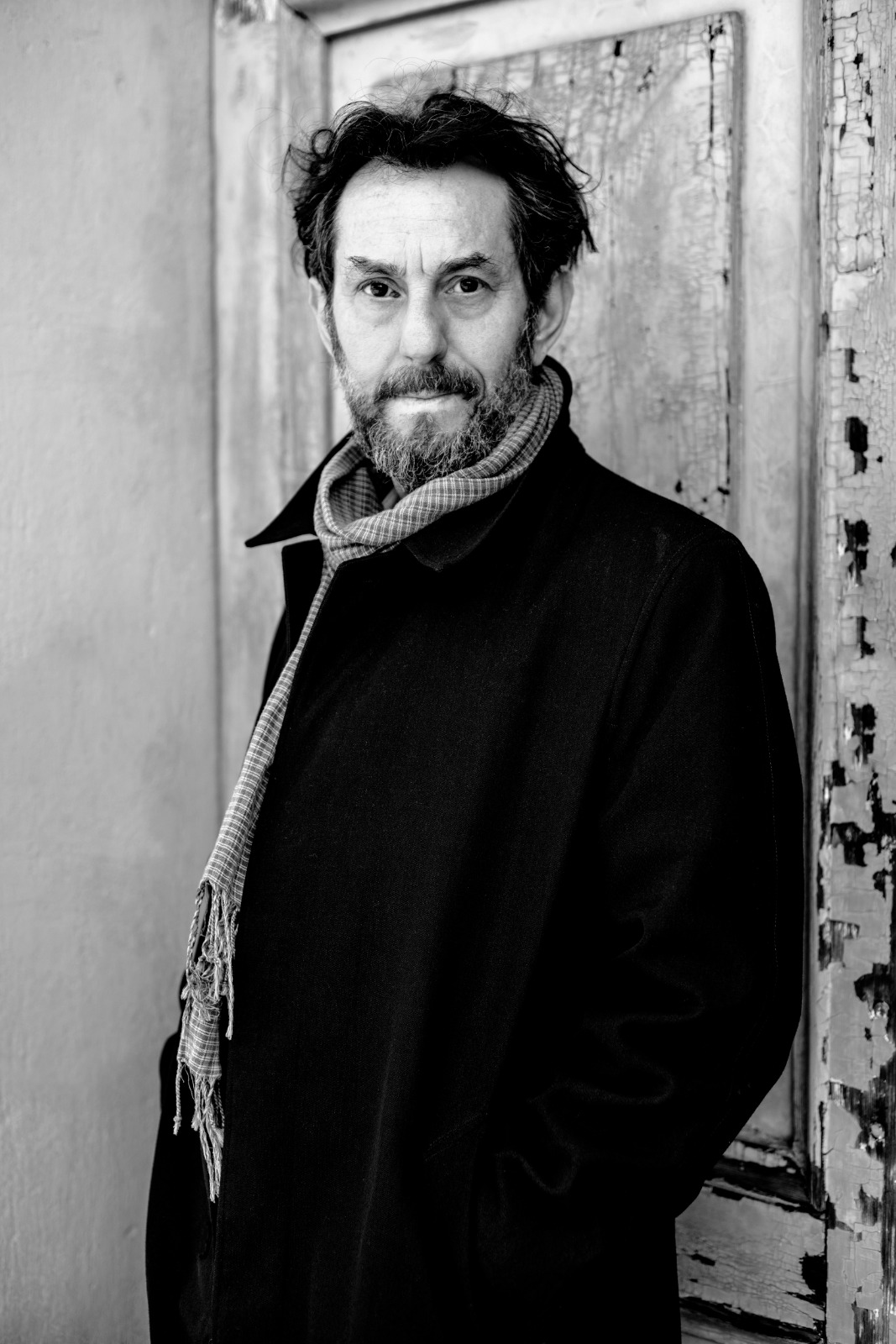


CATTEDRALE EX MACELLO
BIGLIETTERIA
VIA CORNARO 1
TUE TO SUN 10.00 a.m. – 7.00 p.m.
MASSIMO SCIACCA
“BALKANICA”

Location: BOSNIA ERZEGOVINA
There is undoubtedly an event more than any other that characterized the end of the last century. After almost fifty years
since the end of the Second World War, in the Nineties, the conflict in the former Yugoslavia has brought the spectre of war and its horrible cruelty back to Europe.
This confrontation took place at a time when technology and the media had already reached a high level of
development: it was therefore one of the first documented “media wars”, often live, and watched in almost every moment.
However, these events now seem almost erased from the collective memory as if they were part of a past
far away from our present.
The photographs of this project cover a time span that goes from the first days of Slovenian independence up to the bombing by NATO forces in Serbia, the final act of the Yugoslav conflict.
A particular look is dedicated to the lives of children, those who have suffered most of all the brutality of war, with damage and psychological repercussions that still accompany them today.
ABOUT MASSIMO SCIACCA
Massimo Sciacca was born in Bologna, Italy, in 1965. He is involved in photography since 1984, with particular attention towards documentary photography. In 1991 he joins the Lucky Star Photo Agency and follows several events for italian and international magazines including Epoca, L’Europeo, Sette, Stern and Der Spiegel. He covers the beginning of war in the former Yugoslavia and the first free elections in Albania in 1992. In the same period he starts photographing the life of the squatters in Bologna, documenting their daily life in SquattinBo, result of a ten year’s work. In 1993, he goes for the first time to Bosnia-Herzegovina, where he’ll be back for the following 3 years he to realize Rock Under The Siege, a feature about the life of young musicians in Sarajevo during the war. In the same period he covers the siege of Mostar and the invasion of Turkish army in the Iraqi territory of Kurdistan. In 1997 he photographs the people’s rebellion in Albania. One of the photographs of this series was awarded at the World Press Photo Contest.
In 1998 he joins the staff of the Contrasto Agency. He covers the Indonesian riots in Jakarta and realizes a reportage about the divisions between the Turkish and Greek communities in the island of Cyprus.
In 1999 he is in Kosovo and Serbia to document the latest ethnic conflicts in the Balkans and later in East Timor, to photograph the conflict in the region. For his work the same year he receives the Fuji Prize and the Linea D’ombra award. In 2000 he moves to Hong Kong, where he works on various features concerning the social and cultural changes in South Asia after the overtaking of the new chinese administration in the ex british colony, publishing on several international magazine as South China Morning Post, Liberation, Stern, Ddonna, L’Espresso and Marie Claire.
A year later he works on the Koranic schools in the Iranian city of Qom. From there he reaches the western Afghanistan where he witnesses the liberation from talibans of the city of Herat by the afghan mujaiheddins.
In spring 2002 he photographs the philippine’s military training on island of Mindanao. It’s the beginning of a large reportage, The paper tiger, a long term project about the lights and shadows of one of the poorest countries in South East Asia. In the same period he films, together with Roberta Ferrari, his first documentary movie, After The Siege, about the post-war life in Sarajevo.
In the following years he travels and realizes different reportages in different areas like Argentina, Cile, French Polynesia and Australia. Since 2008 he is part of the staff of Prospekt Photographers Agency.
In 2009 he produces with them his first web-doc, The Iron Curtain Diaries, a multimedia platform about the 20th anniversary of the fall of the Berlin Wall and later he starts filming his first documentary, The Armored Life, the story of Pino Masciari, one of the first italian justice witnesses. In 2010 he started a new documentary about United States, Obamerica, still on progress. In these last years he works between Bologna, United States and Africa, where he produces several reportages, both photo and video. He currently lives and works in Bologna, Italy.
